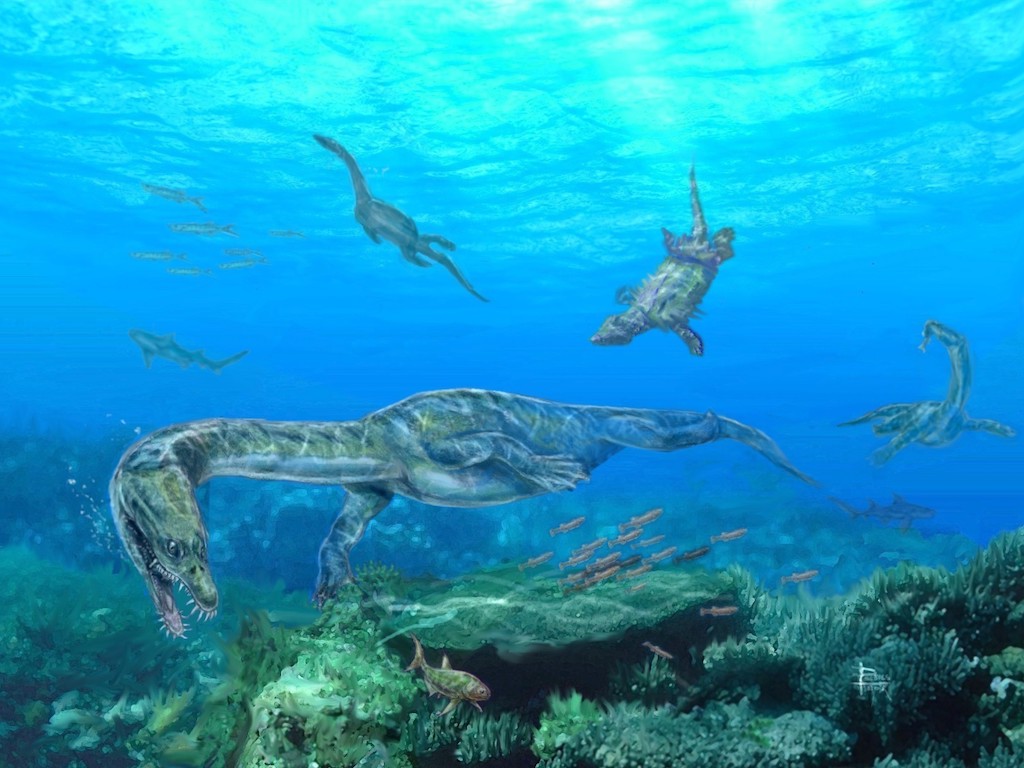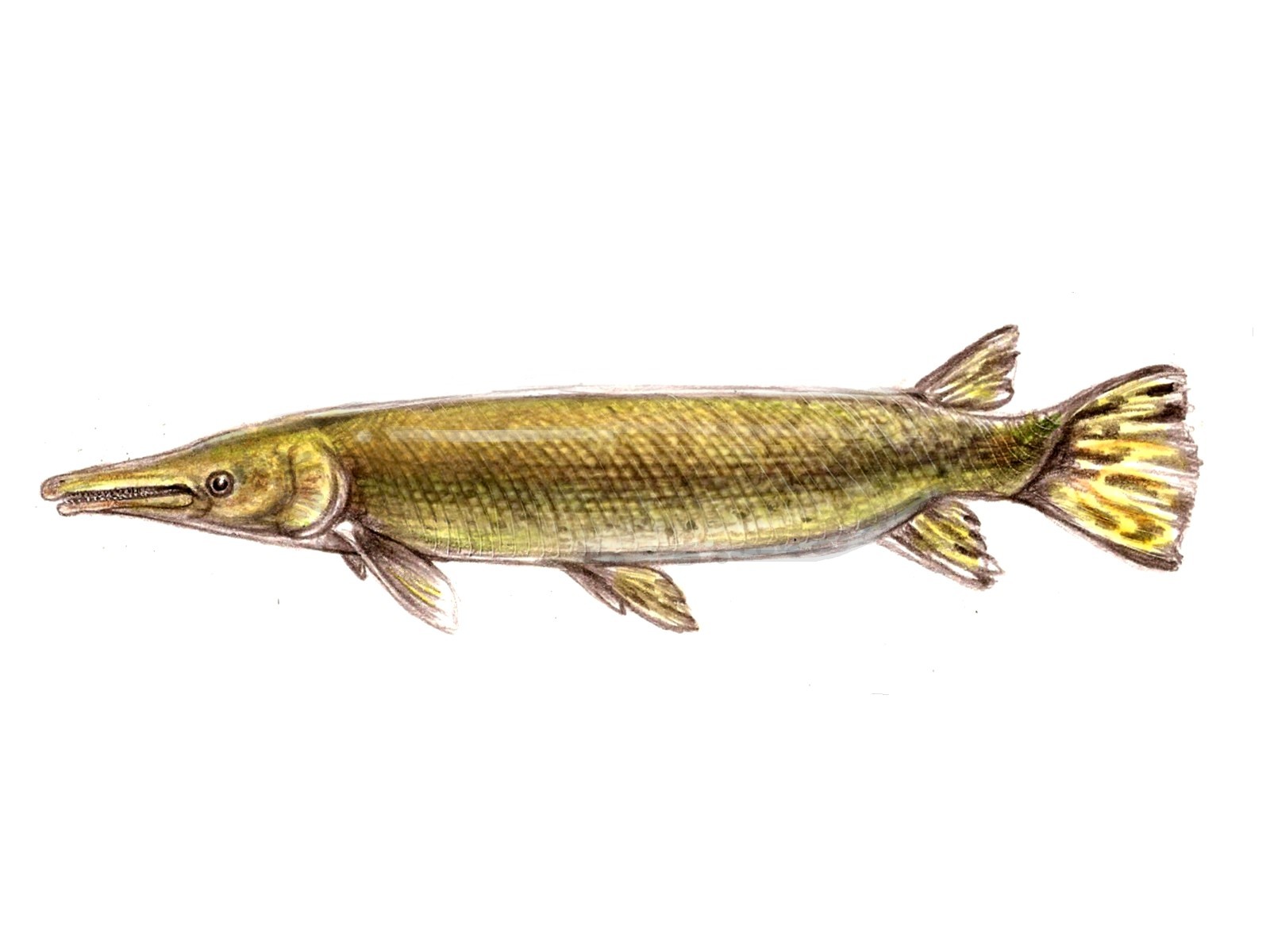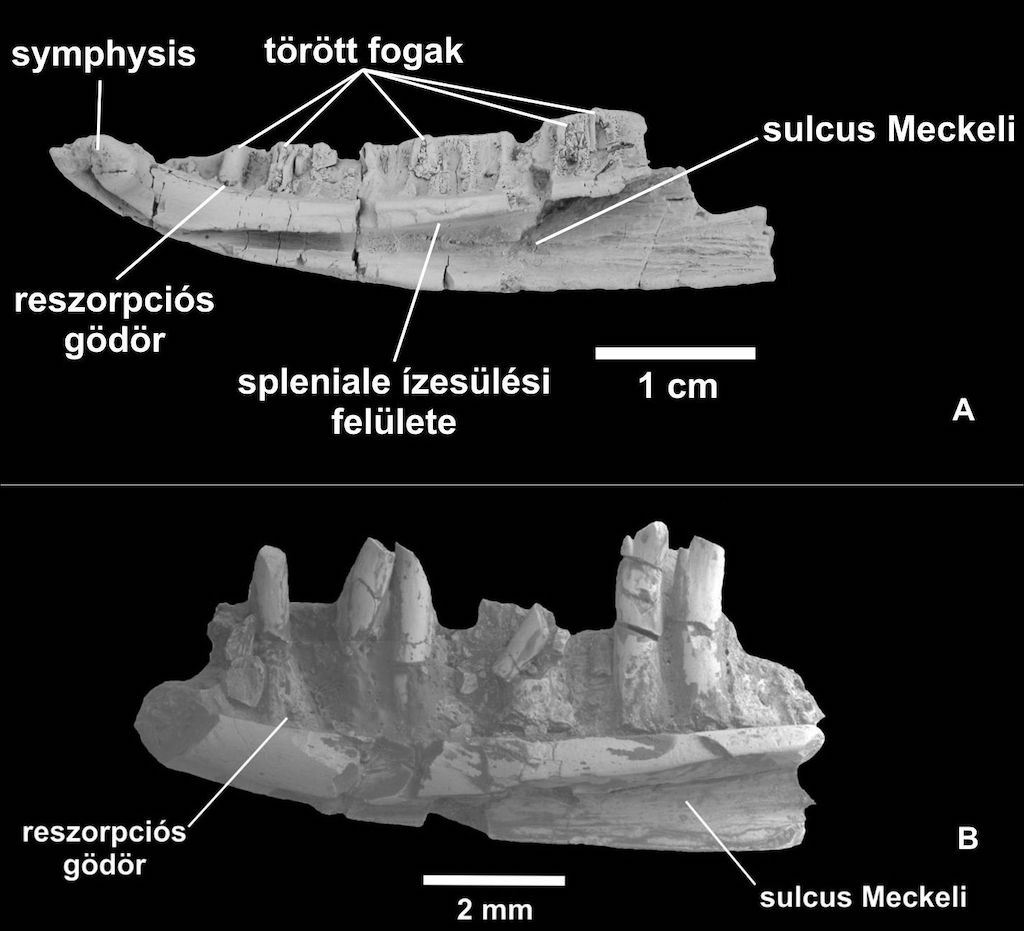
Eosauropterygian marine reptiles from the Triassic of Villány
The rock layers of the Middle Triassic Templomhegy Dolomite Member on Somssich Hill (Villány) – which were deposited in a shallow marine environment…

A large number of coprolites have been found at the Iharkút vertebrate locality during the excavations. These fossils could be very informative about the animals’ feeding habits and their environment. The study of the coprolite material from Iharkút was started by Martin Segesdi, in a collaboration with several colleagues.
The size of these remains ranges from 4-5 millimeters to more than 10 centimeters. They are usually brown (light brown or dark) with a fine-grained inner texture. The surface of the coprolites is mostly smooth without desiccation cracks or signs of transportation, it is plausible that most of these coprolites were produced by aquatic vertebrates. The fine-grained matrix contains small holes, digested plant, and animal residues, which are visible in thin sections and on CT-scans. The coprolites contain cuticle remains and coalified seeds, some of them contain pollen grains and diatoms. Among the animal residues, bone fragments, fish scales and teeth, and mollusk shell fragments are frequent.
Not only the bone- but also the plant-bearing coprolites are phosphatic with apatite mineral in their matrix. The high phosphatic content and the apatite are probably derived from the animal nutriment. It is not possible to ascertain the real producers of the coprolites, but the animal residues are evidence of predation. Based on these remains, the Lepisosteiformes and Pycnodontiformes fish were prey in the ancient ecosystem. Rapid burial and the mineral content of the animal nutriment (calcium, phosphorus: in the form of apatite) may caused the good preservation of the excrement.

The rock layers of the Middle Triassic Templomhegy Dolomite Member on Somssich Hill (Villány) – which were deposited in a shallow marine environment…

Gars (Lepisosteidae) are an extant family of actinopterygian fishes, living exclusively on the western hemisphere…

The only fossils unearthed of these small crocodilians are a few skull and lower jaw elements and isolated teeth…

Besides Bicuspidon, Distortodon, Pelsochamops, and Chromatogenys, other lizards were also identified in the Iharkút fossil material…